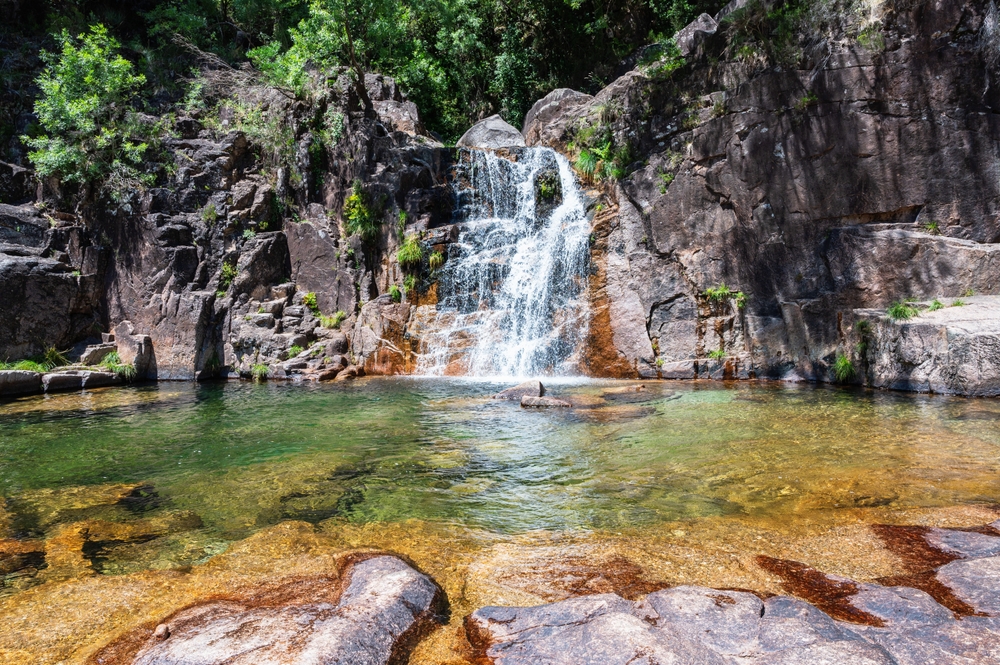Peneda-Gerês Overview
Peneda-Gerês National Park, or Parque Nacional da Peneda-Gerês in Portuguese, is Portugal’s only national park and one of its most treasured natural areas. Established in 1971, the park spans approximately 270 square miles (700 square kilometers) in the northernmost part of Portugal, bordering Spain’s Galicia region.
Situated in the districts of Braga and Viana do Castelo, the park encompasses a diverse range of landscapes, ecosystems, and historical sites, making it a remarkable destination for nature enthusiasts and cultural explorers alike.
The terrain of Peneda-Gerês is characterized by its rugged mountains, deep valleys, cascading waterfalls, and ancient woodlands. The park’s namesakes, the Peneda and Gerês mountain ranges, dominate the landscape, with soaring peaks such as Nevosa reaching 4,784 feet (1,458 meters). Among its many natural highlights are the serene Lagoas de Bertiandos wetlands, the picturesque Arado Waterfall, and the striking granite cliffs of the Meadinha.
The park’s vegetation is equally diverse, ranging from oak and pine forests to heathland and endemic wildflowers. Its ancient oak groves, known as bosques de carvalhal, provide a lush canopy, while the lower valleys are dotted with terraced fields and traditional stone villages that blend seamlessly with their natural surroundings.
Wildlife in Peneda-Gerês is abundant and varied, offering visitors the opportunity to spot an array of species. The park is home to iconic mammals such as the Iberian wolf, roe deer, and wild boar, as well as the hardy Garrano horses, a breed native to the region and often seen grazing freely.
Birdwatchers will find the park particularly rewarding, as it hosts golden eagles, peregrine falcons, and the endangered black stork. Reptiles like the Iberian emerald lizard and amphibians such as the gold-striped salamander add to the biodiversity of the area. The combination of rich fauna and flora creates an ecosystem of immense ecological value.
Visitors to Peneda-Gerês National Park can engage with its beauty in numerous ways. The park’s extensive network of trails, including the renowned Trilho da Peneda and Trilho do Mezio, caters to hikers of all levels, offering breathtaking vistas and encounters with wildlife. Cycling, horseback riding, and kayaking are popular ways to explore the park’s more remote areas, while scenic drives through the mountain roads reveal panoramic views.
Cultural exploration is also a key attraction, with ancient Celtic and Roman ruins, such as the Via Romana XVII and traditional stone villages like Lindoso and Soajo, where granaries and communal ovens reflect the region’s heritage.
Conservation efforts in Peneda-Gerês have seen successes in balancing the protection of its ecosystems with sustainable tourism. Reforestation projects have restored native oak forests, and measures to protect species like the Iberian wolf have been effective.
However, challenges persist, including human-wildlife conflicts, invasive species, and the impacts of climate change. Local communities, park authorities, and conservation organizations continue to collaborate to preserve the park’s unique natural and cultural assets for future generations.










































































